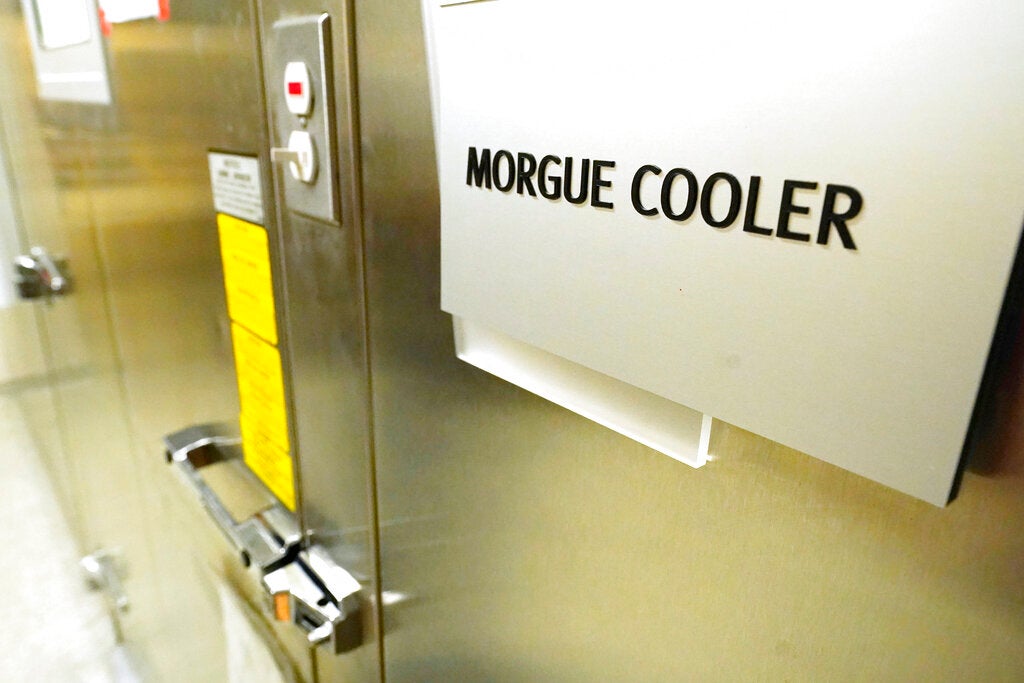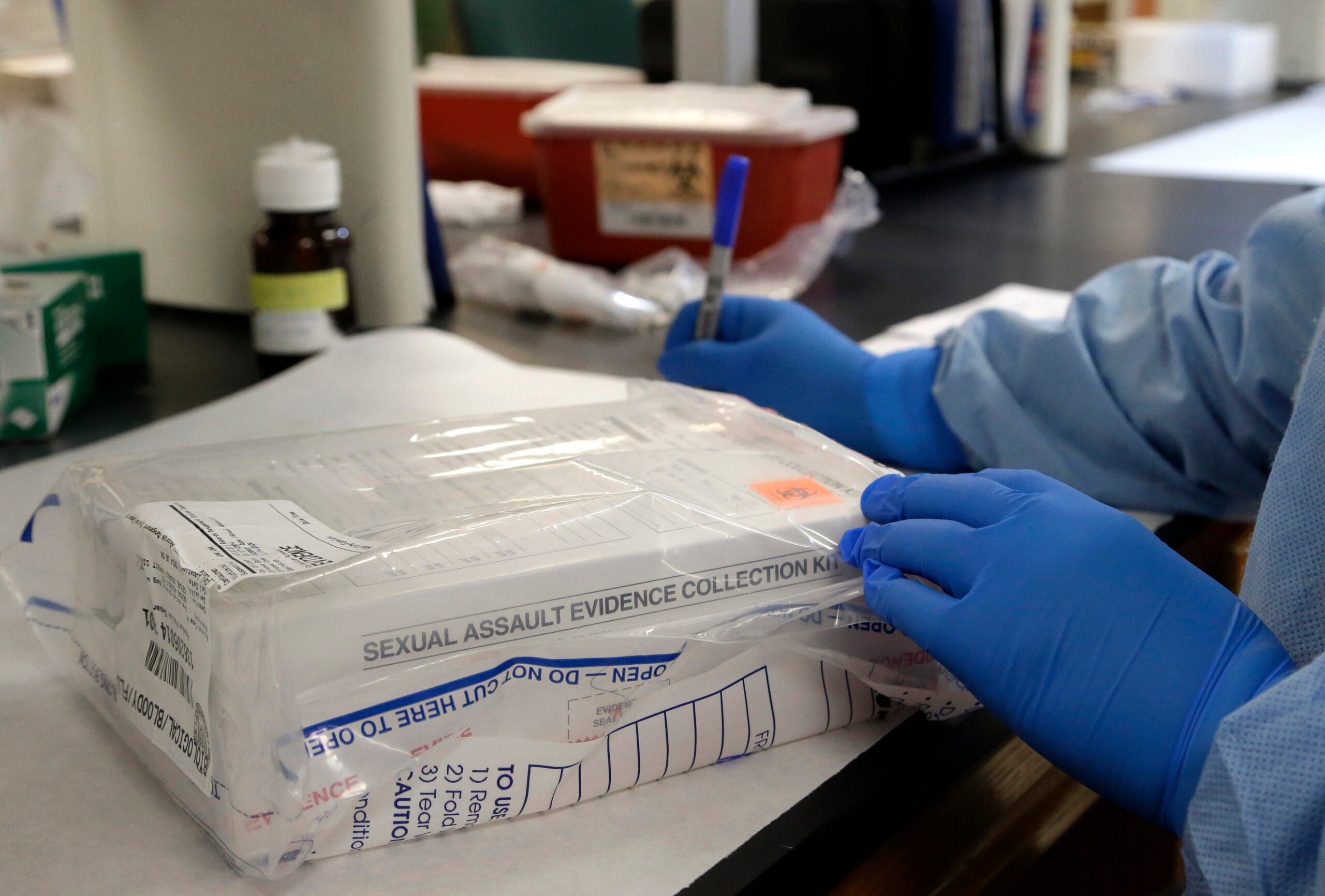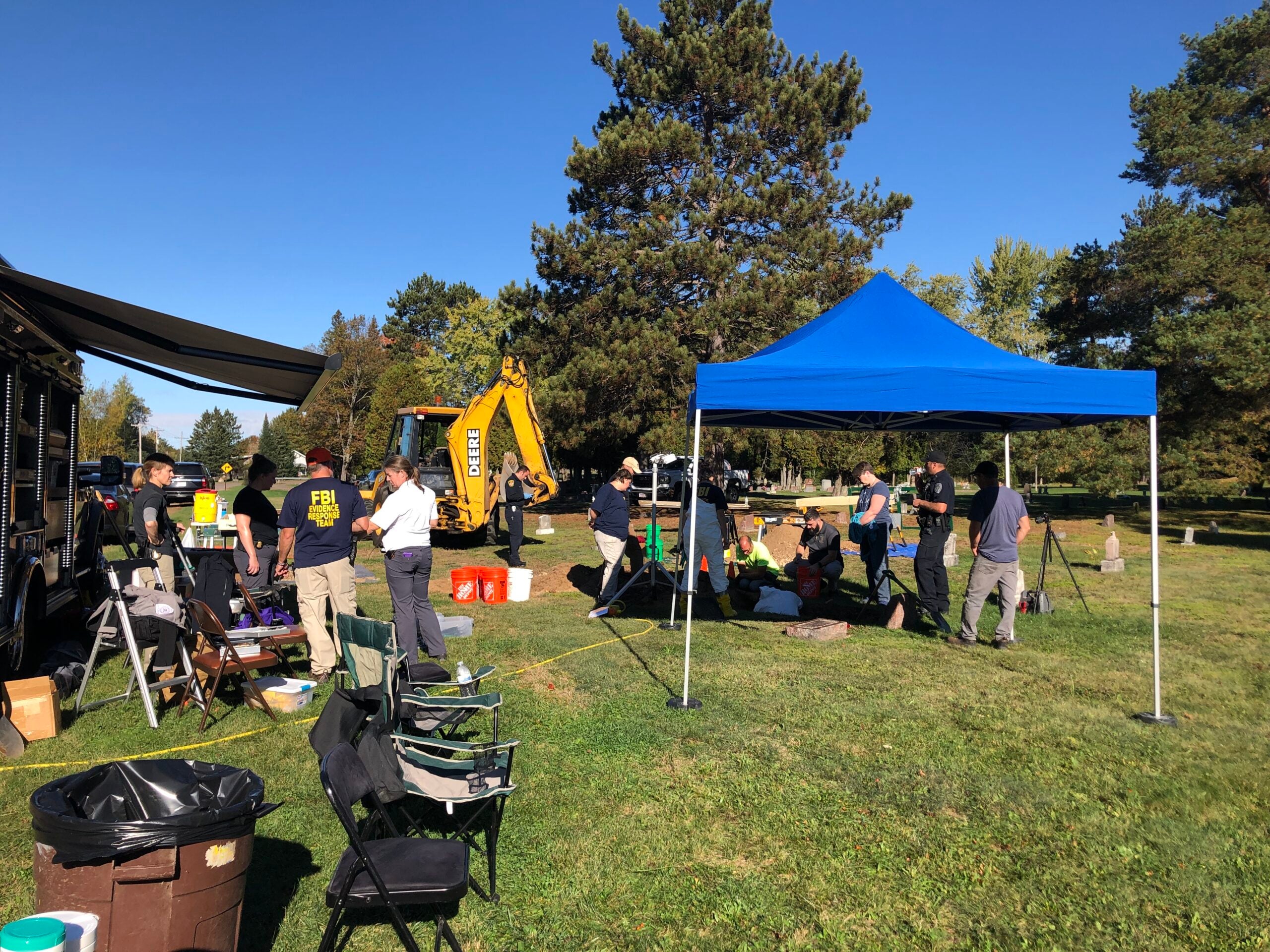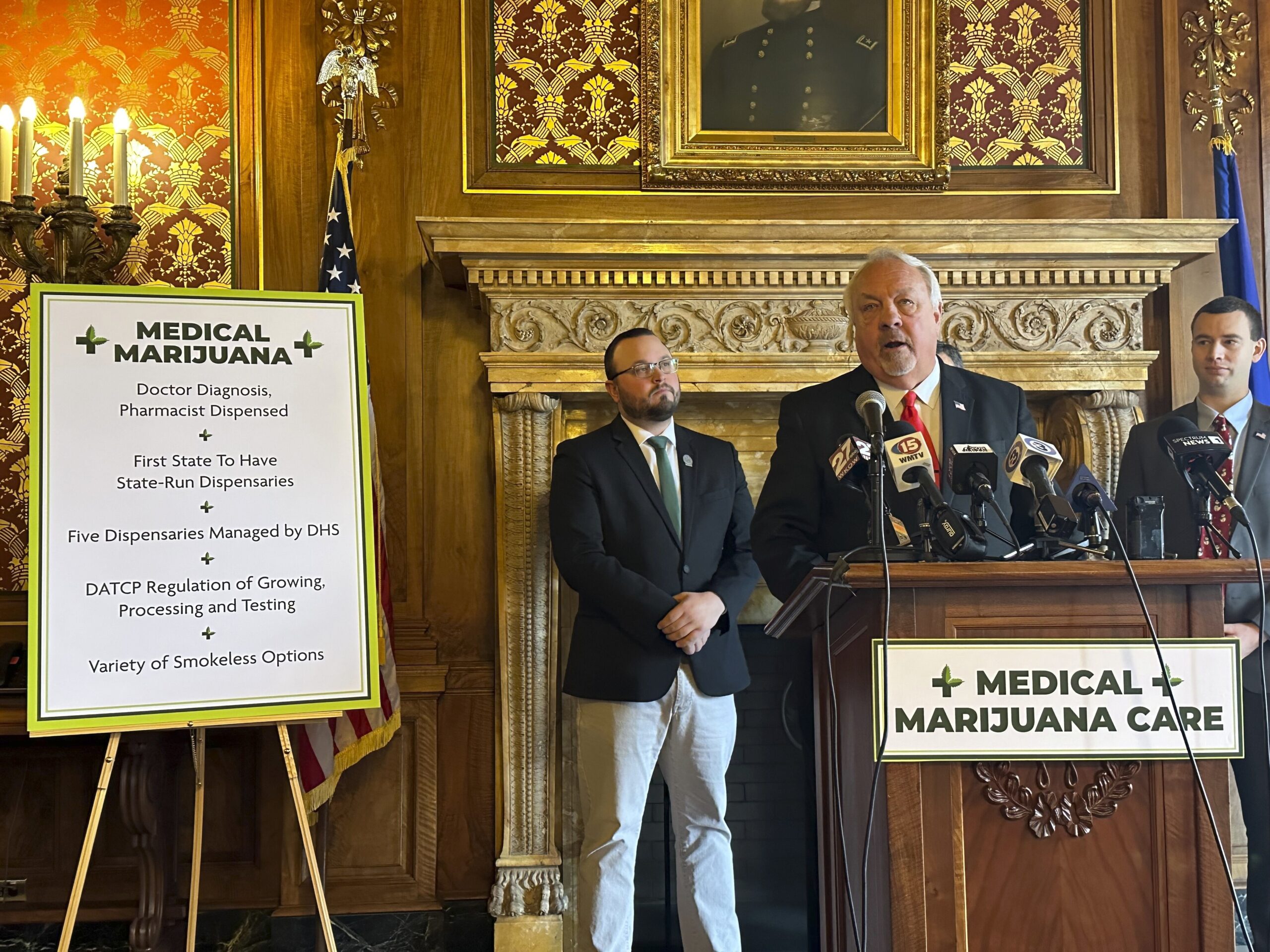The nation is facing a shortage of forensic pathologists, and Wisconsin is feeling the impact firsthand.
That’s according to the head of a national trade association for medical examiners and Waukesha County’s medical examiner, who both recently appeared on Wisconsin Public Radio’s “The Morning Show.”
Forensic pathologists are often the people who perform autopsies, usually for those who die violently or unexpectedly. They determine causes of death and collect medical evidence.
News with a little more humanity
WPR’s “Wisconsin Today” newsletter keeps you connected to the state you love without feeling overwhelmed. No paywall. No agenda. No corporate filter.
Dr. Kathryn Pinneri, president of the National Association of Medical Examiners, said the nation has around 500 full-time, board-certified forensic pathologists. But she’s said the country needs “about twice that number.”
Waukesha County medical examiner Dr. Lynda Biedrzycki has worked in forensic pathology for around 36 years — 27 years with Waukesha County. Her practice involves always being on call. She said the increased workload is making it harder to cope with the stressors of the job.
On Thursday, Gov.Tony Evers announced a $20 million grant for Milwaukee County to construct a new home for the local medical examiner’s office. Earlier in the month, the county’s medical examiner, Brian Peterson, backed demolishing the existing building, saying unsanitary conditions and crumbling infrastructure are affecting staff recruitment.
This interview has been edited for brevity and clarity.
Kate Archer Kent: It’s recommended that forensic pathologists do no more than 250 autopsies a year. In Milwaukee County, their medical examiner performed around 460 last year. What do those numbers tell you?
Dr. Kathryn Pinneri: Everybody’s numbers have obviously gone up over the past few years. It kind of started with the opioid epidemic many years ago, and it’s never gone down from that. The more autopsies you do, the more stress you put on yourself and perhaps increase the error rate. So a cap was set at 250 as the ultimate goal, with the idea that most (forensic pathologists) are going to go over that, but hopefully not much. But the absolute number that we want people to stay below is 325, because we think that’s a good number for people to be able to maintain a work-life balance and provide good quality autopsies.
When the cases keep coming in, you have no choice but to either go over that number and risk losing accreditation, or you alter your workflow. So cases that would normally have gotten an autopsy, might now just get an external examination with toxicology testing.
KAK: What can you say about this nationwide shortage and localize it to your county and to Wisconsin? What are we facing?
Dr. Lynda Biedrzycki: Most of the forensic pathologists are concentrated in the southeastern part of the state. They’re pretty much (in) Milwaukee, Fond du Lac, Waukesha and Dane County, so the northern and western part of the state is very underserved. There aren’t even job openings there because there’s not really a center. You need a facility. You need infrastructure for death investigation and autopsies. Because Wisconsin is a county-based system, we have 72 individual counties who are doing their own thing, basically.
KAK: What impact do facilities have on forensic pathology?
KP: They are a huge part of how we function. I can tell you from my own experience: I’m about 30 days from moving into a new facility that’s been desperately needed because, quite frankly, a lot of places don’t have the space to house those going to their office. Particularly during the COVID pandemic, at the peak, we were using a refrigerated truck (for corpses) because we ran out of cooler space.
KAK: What I’m hearing is the strain was there before the pandemic and intensified during the pandemic when we saw so many deaths.
LB: On the western side of our state, the solution that the coroners and medical examiners found is to ship bodies to Minnesota. Eastern Minnesota is also relatively forensic pathology-rich and facility-rich. So rather than transport cases to southeastern Wisconsin, where we don’t really have the capacity to do more work anyway, they’re sending bodies across the Mississippi to Minnesota. So, yes, there is clearly a strain and people are finding whatever solution they can.
KAK: What changes have you seen with regards to salaries for forensic pathologists?
LB: I’ve seen some jumps in a couple of areas. In Maryland, they had quite a loss of staff, including the chief. Their salaries seem to have jumped like 25 percent in the last year in order to try to attract people (to address the) staff shortage that they had.
So I won’t say that salaries are being elevated across the country, but in places that really are suffering, I’ve seen that they’re trying to address the shortage and attract people by really increasing the salaries a lot. And I think that will have to continue, because it’s going to be basically a bidding war for all the openings to get the few practitioners that are available.
Wisconsin Public Radio, © Copyright 2026, Board of Regents of the University of Wisconsin System and Wisconsin Educational Communications Board.




